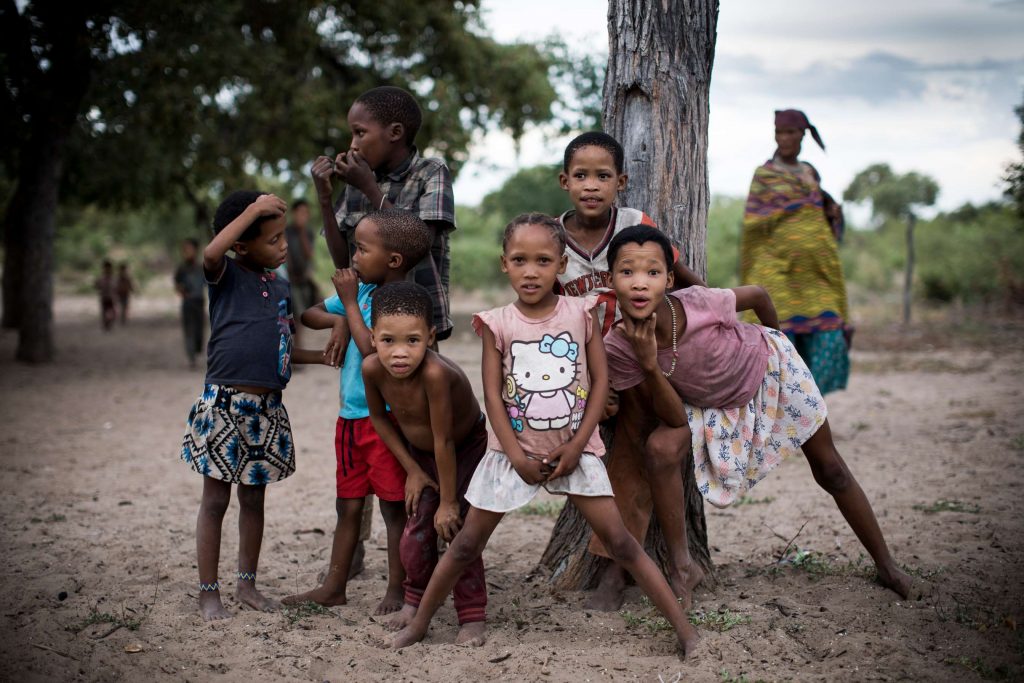Indigenous populations are communities with a distinct cultural identity, which is intrinsically linked to the land they live on or come from. Their ancestors were often indigenous to this territory before it became occupied by colonial invaders, and before it became incorporated into a modern nation, with modern-day borders.
There are an estimated 370 million indigenous people living in more than 90 countries around the world. All of these distinct groups face similar problems and challenges, with much higher rates of poverty and poor health than the majority populations of their countries. This is caused by both historical and present-day discrimination and exclusion by governments and majority populations. As a result, they often have a lower life expectancy, struggle to legally own their land, and face infringements on their human rights.

Accessing culturally appropriate healthcare
Imagine you are sick. But the nearest clinic is miles away and you don’t have any transport. You take the money you had put aside for emergencies to get the bus miles to the nearest centre. You arrive tired, hungry and distressed. When you enter the clinic, you find no one speaks your language. You notice the staff pointing and laughing at you. You feel confused, humiliated and exhausted.
This is the reality faced by many indigenous peoples and other ethnic minorities every day. These practical and cultural barriers combine to make a visit to the health centre incredibly daunting:
- Language: Indigenous groups often speak a different language to that of the mainstream population. This gets in the way of health education, building trust and communicating with health staff, and accessing health information.
- Discrimination: Many minority groups report being discriminated against, patronised, or treated harshly by health workers when engaging with health services.
- Alternative concepts of health: Many indigenous communities have a different concept of health to mainstream social groups. Often this is a holistic concept which encompasses the collective well-being of their community and ecosystem. This leads to centuries-old customs and approaches to dealing with illness, which are often not accommodated by the mainstream health system.
All of these barriers are driven by discrimination and highlight the need for culturally appropriate healthcare to ensure indigenous people feel welcome at government health facilities. At Health Poverty Action we work with governments, healthcare professionals, and indigenous groups, bringing them together to build mutual understanding, and emphasise the importance of culturally appropriate healthcare facilities.
Disaggregation of data
We champion the breakdown of data by a range of factors including ethnicity and gender to ensure that issues affecting the most marginalised are seen and addressed. We also collect this data in our own programmes whenever possible. Read a report we conducted into the importance of inclusive data collection here.

